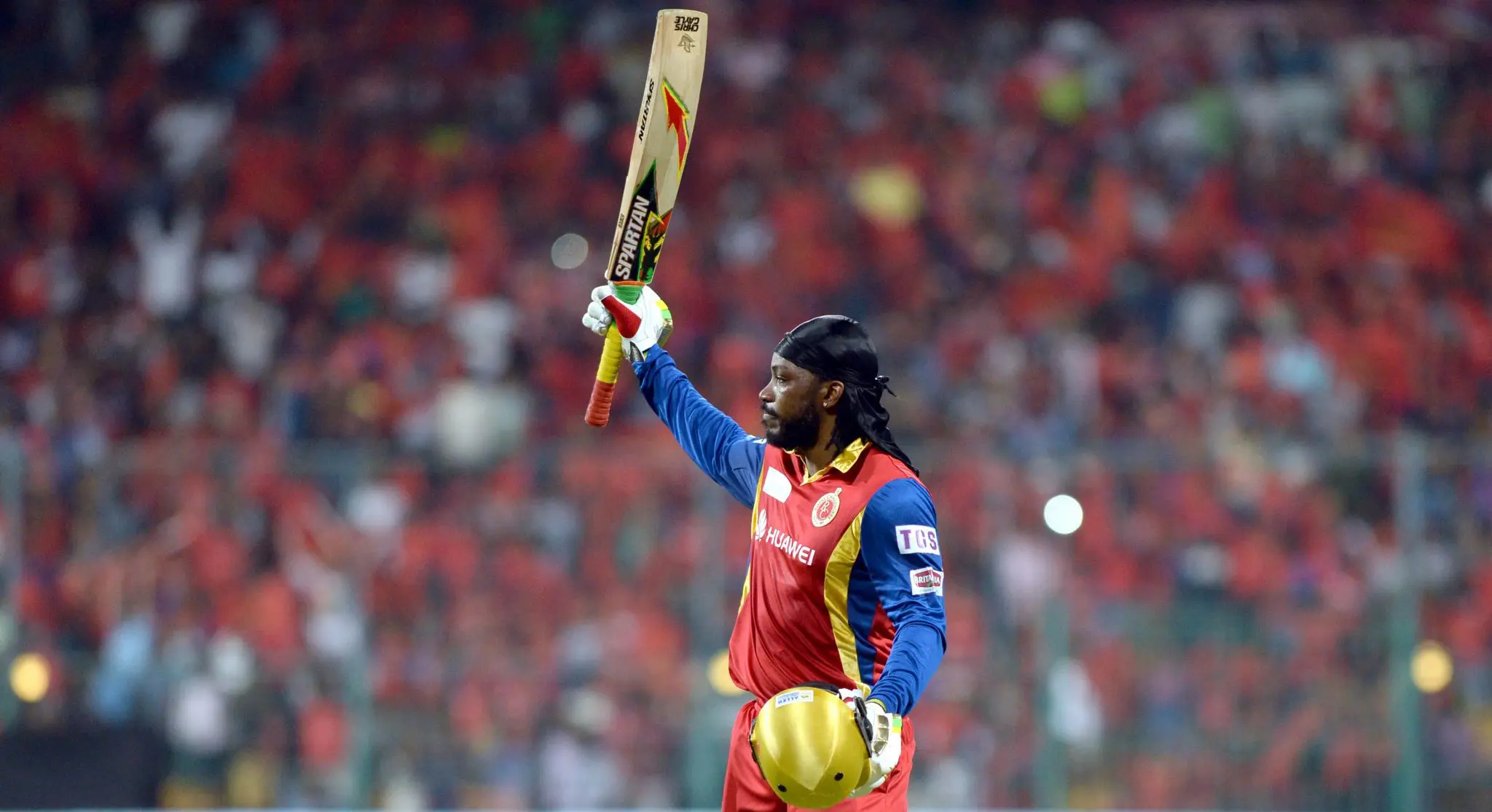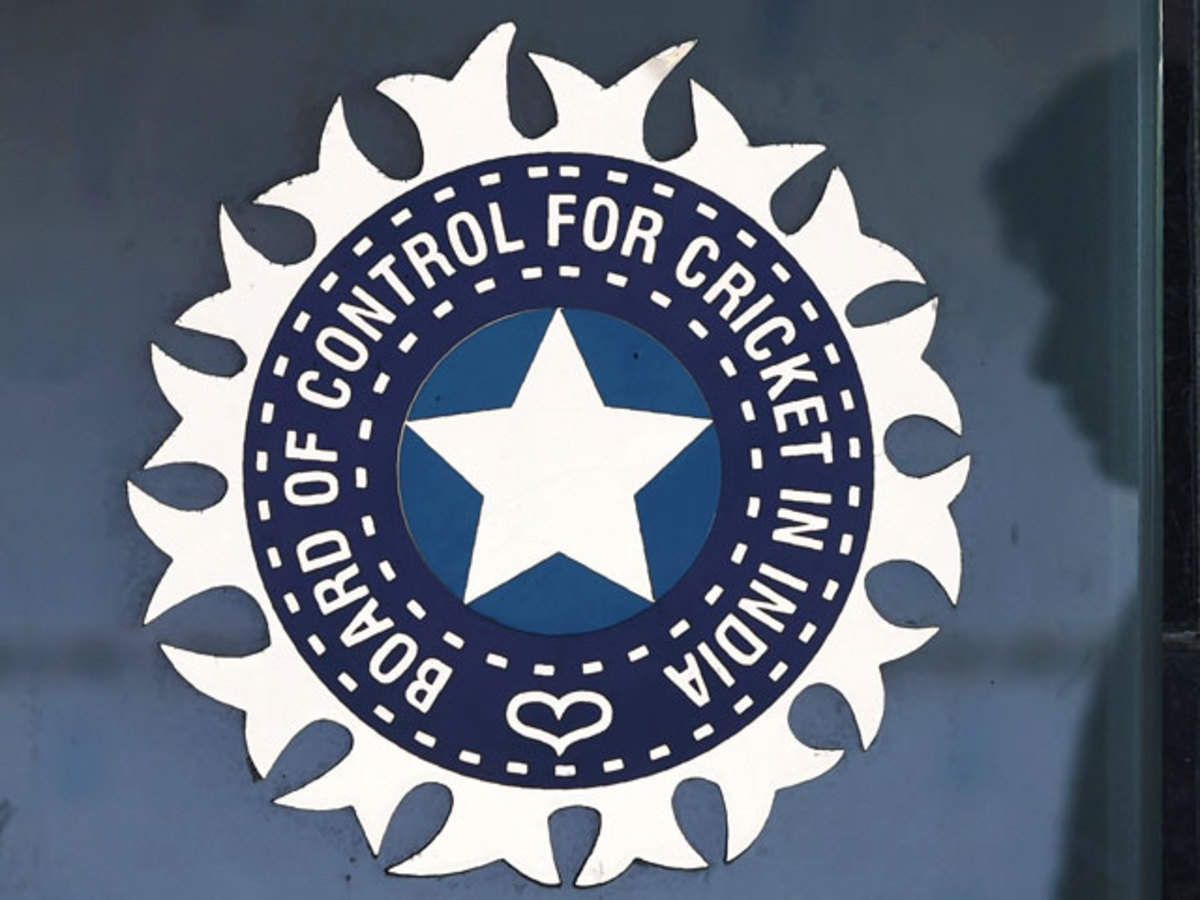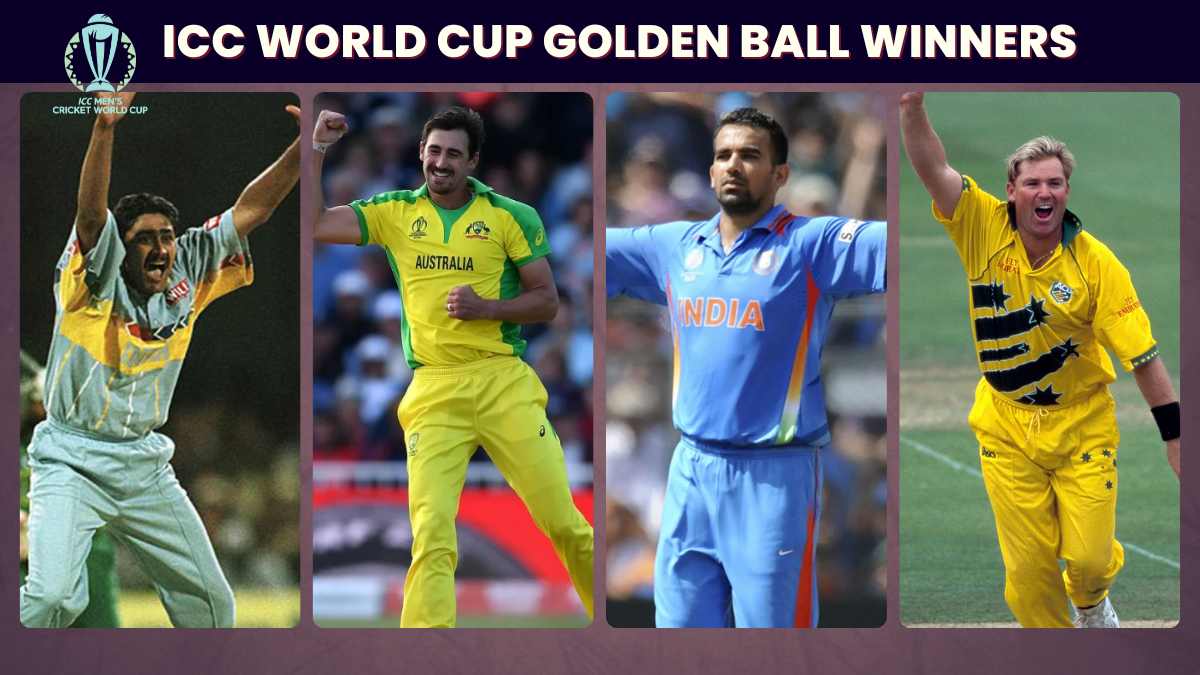The batsman is the protagonist, wielding his bat like a maestro conducting an orchestra. The batsman’s role is to score runs, defend his wicket, and ultimately, guide his team to victory.
The batsman in cricket is akin to the lead actor in a play, captivating the audience with his performance, driving the narrative, and often, delivering the climactic moment.
What is Batsman in Cricket?
In cricket, a batsman is a player whose role is to score runs by hitting the ball bowled by the opposing team’s bowler.
The batsman uses a cricket bat to strike the ball, aiming to hit it far enough so that they have time to run between the wickets, thereby scoring runs.
Batsmen are typically classified based on their order in the batting lineup and their preferred style of play:
Openers
These are the first two batsmen who start the innings for a team. They face the new, hard ball and the fresh bowlers.
Their role is often to provide a solid start and lay a foundation for the rest of the team. Famous openers include Sunil Gavaskar, Matthew Hayden, and Alastair Cook.
Middle-order Batsmen
These batsmen come in after the openers. They often have to build the innings and keep the scoreboard ticking.
They are usually the most versatile players, capable of both defensive and aggressive play. Sachin Tendulkar, Viv Richards, and Virat Kohli are renowned middle-order batsmen.
Lower-order Batsmen
These are typically the bowlers who can bat a bit. Their main job is to provide support to the established batsman at the other end and add as many runs as they can.
Tailenders
These are the last few batsmen in the lineup, usually numbers 9 to 11. They are primarily bowlers and not known for their batting skills. However, some tailenders are capable of scoring valuable runs.
All-rounders
These are players who are proficient at both batting and bowling. They provide balance to the team. Famous all-rounders include Sir Garfield Sobers, Kapil Dev, and Jacques Kallis.
The Role of a Batsman
The role of a batsman is crucial in a cricket team, as the primary method of winning matches is by scoring more runs than the opposition. The strategies and techniques employed by batsmen add a significant tactical dimension to the game of cricket.
The primary role of a batsman in cricket is to score runs. Using his bat as a shield and a sword, the batsman defends his wicket against the bowler’s onslaught and strikes the ball to accumulate runs.
The batsman’s duel with the bowler is a fascinating spectacle, a strategic battle that is the heart of the game. Sachin Tendulkar, one of the greatest batsmen in cricket history, exemplified this role, amassing over 34,000 runs in his illustrious career.
Types of Batsmen
Batsmen are typically classified based on their position in the batting order and their style of play.
Openers, like the legendary Sunil Gavaskar, face the new ball and the fresh bowlers, aiming to provide a solid start. Middle-order batsmen, such as the iconic Sir Vivian Richards, often have to build the innings and keep the scoreboard ticking.
Lower-order batsmen and tailenders, usually bowlers with some batting skills, aim to add valuable runs towards the end of an innings.
The Art of Batting
Batting in cricket is not just about hitting the ball; it’s an art form. It requires a blend of technique, temperament, and timing.
The best batsmen, like Brian Lara, are those who can adapt their game to different conditions, bowlers, and match situations.
They paint beautiful strokes with their bats, crafting masterpieces that are etched in the annals of cricket history.
Iconic Batsmen and Innings
Cricket has been graced by many great batsmen who have left an indelible mark on the game. Sir Don Bradman, with his Test average of 99.94, remains the benchmark for batting excellence.
The unforgettable innings of VVS Laxman and Rahul Dravid in Kolkata in 2001, where they batted for an entire day to turn the match around, exemplifies the impact a batsman can have on a game.
Conclusion: The Importance of Batsman in Cricket
In conclusion, the batsman in cricket is a pivotal figure, tasked with the dual responsibility of attack and defence. Through a blend of skill, strategy, and style, the batsman orchestrates the rhythm of the game, turning it into a captivating spectacle.
Whether it’s the elegance of a cover drive, the thrill of a lofted six, or the resilience of a gritty defence, the batsman’s role in the beautiful game of cricket is truly irreplaceable.











